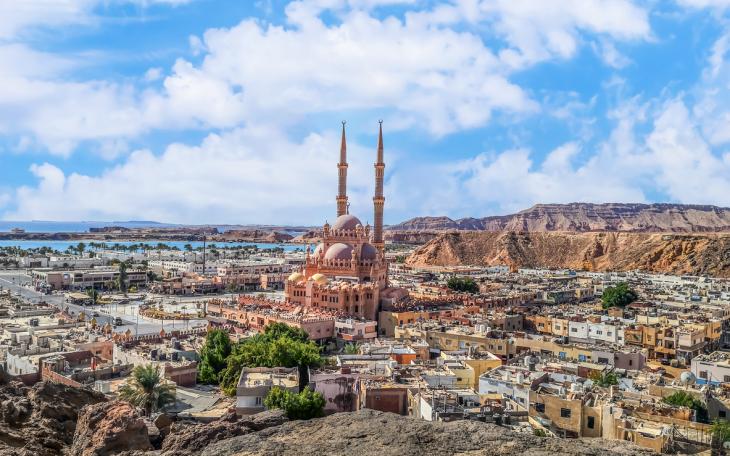COP27 Daily Insights - Day 7: Agriculture & Adaptation Day

Saturday was Adaptation and Agriculture Day at COP27 and also saw the biggest protest at the climate conference so far. A coalition of environmental groups, indigenous people, farmers and trade unionists took to the roads, walkways and pavilions around the centre to rail against the injustice of climate change that is causing the rapid loss of arable land, livelihoods and food security and driving mass migration in the world’s developing nations.
It was time for richer nations to “Pay the climate debt!” demanded the well-known Nigerian activist Nnimmo Basse. The protesters also called for “No fossil fuel colonialism”, highlighting the fact the conference had been “hijacked” by oil and gas lobbyists seeking to further exploit Africa’s resources.
Inside, the talks focused on adaptation - loss and damage being unavoidable at this point. “We are calling on world leaders from developed nations to honour their pledge to provide the $100 billion a year in climate finance to developing nations and to channel half of that to have that amount to climate adaptation,” said Dina Saleh, the regional director of the International Fund for Agricultural Development.
Without the billion-a-year pledge (made 13 years ago at COP15 and never delivered), prospects for the host continent are grim. According to the World Bank, in 2020 around 282 million of Africa’s population were undernourished (more than one in five). A global temperature hike of 3°C above pre-industrial levels by 2030 could put 350 million Africans in danger of starvation by 2050.
The picture is equally alarming for the rest of the globe: around 2 billion hectares of agricultural land is “degraded”, say the Food and Land Use Coalition, while over 500 million farmers and fishermen are in poverty and 820 million people go hungry every day. According to the World Resources Institute, there’s a gap of 56% between the amount of food available today and what’s needed by 2050.
Unsurprisingly, food security topped the agenda on Saturday, in discussions which covered drought- and heat-resistant crops, resilience, early warning systems to limit damage from extreme weather events and ramping up intra-African trade in produce. Agricultural adaptation frameworks must include a pivot to regenerative and sustainable farming, said the UN Food and Agriculture Organisation’s spokesperson Zitouni Ould-Dada, to reduce emissions from the sector, reverse soil degradation and preserve biodiversity. Climate technology was also part of the solution including smart agricultural equipment, environmental sensors and insurance tools.
A number of fast-track initiatives were also unveiled, including COP FAST (Finance Contributions for Food Systems and Agriculture), iCAN (Climate Action and Nutrition) and CRSP (Climate Responses for Sustaining Peace) - set up in anticipation of rise in conflict and political/national instability.
Where the financing for all the above was going to come from was not evident and a 10-fold increase is needed to turn agriculture and food systems around by 2030. The same day John Kerry, US Special Envoy for Climate Action, signalled that the US was “totally supportive” of the push to address loss and damage – offering a small ray of hope – while former British PM Tony Blair warned that Rishi Sunak’s backsliding on support for overseas aid would have a “devastating impact”.
The themes at COP27 (Day 8) today are Water and Gender. Look out for our blog published this evening.









